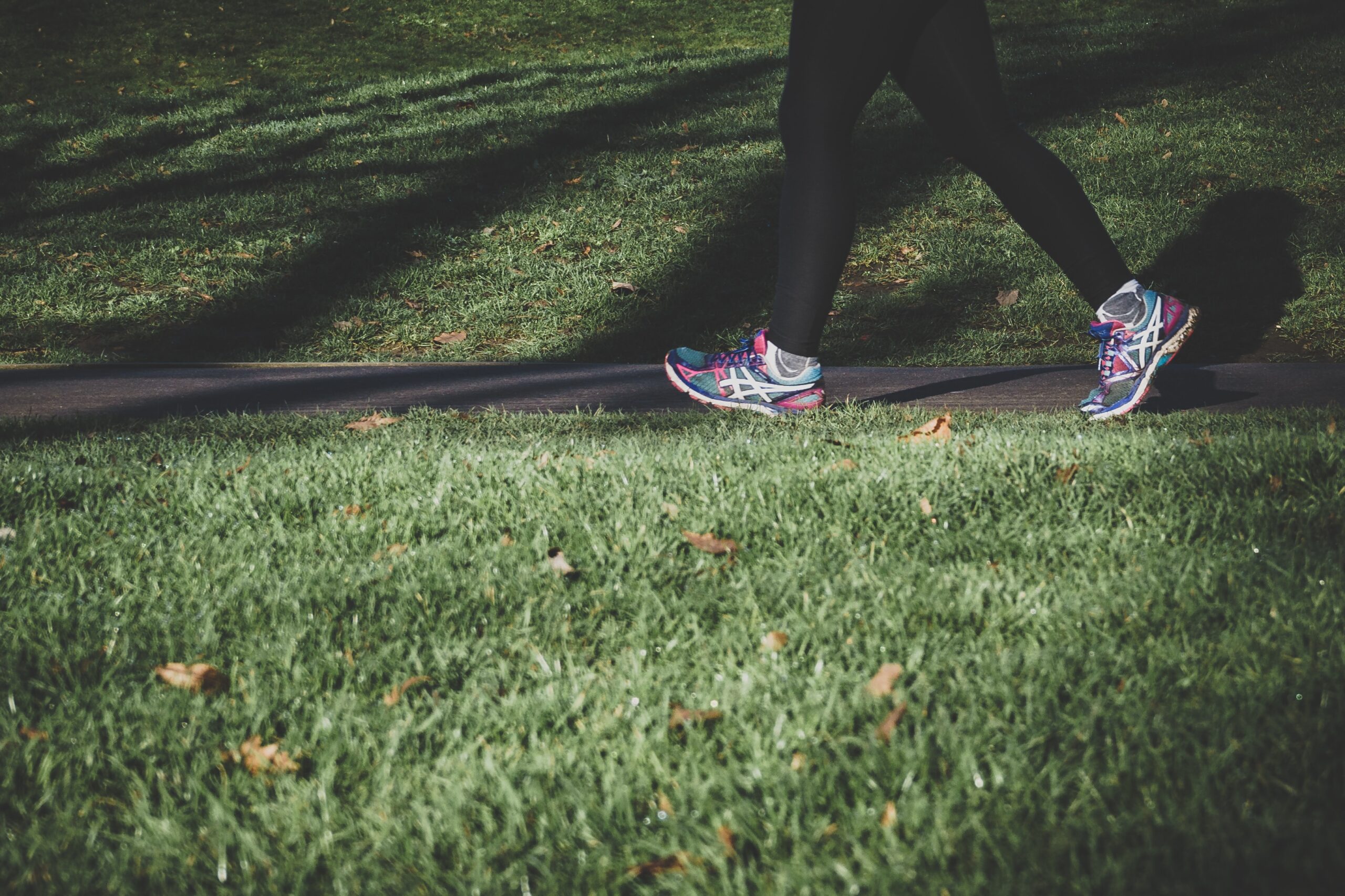The Benefits of Walking: A Simple Path to Health and Well-being
Filed under Foods & Excercise

Walking, a simple yet powerful form of exercise, has been practiced by humans for centuries. Whether strolling through a park or briskly moving along a busy street, walking offers numerous benefits for both physical and mental well-being. This essay explores the myriad advantages of walking, techniques to maximize its benefits, and tips for incorporating it into our daily lives.
Physical Health Benefits
- Improved cardiovascular health: Walking regularly strengthens the heart, lowers blood pressure, and reduces the risk of heart disease.
- Weight management: Engaging in brisk walking aids in burning calories, promoting weight loss or maintenance.
- Increased stamina and endurance: Regular walking enhances muscle strength, flexibility, and overall physical fitness.
- Improved bone health: Walking is a weight-bearing exercise that helps prevent osteoporosis and strengthens bones.
- Enhanced immune function: Regular physical activity, such as walking, boosts the immune system, reducing the likelihood of illness.
Mental and Emotional Well-being
- Reduced stress and anxiety: Walking outdoors in nature or simply in a pleasant environment helps calm the mind, reduces stress levels, and improves overall mood.
- Enhanced cognitive function: Walking has been linked to improved memory, attention span, and creative thinking, making it beneficial for mental acuity.
- Boosted mood and happiness: Walking releases endorphins, the “feel-good” hormones, contributing to increased happiness and overall well-being.Better sleep quality: Regular walking has been shown to improve sleep patterns and alleviate insomnia, promoting a more restful night’s sleep.
Techniques to Maximize Benefits
- Brisk walking: Engaging in a faster-paced walk, where you can still carry on a conversation but feel slightly breathless, can increase cardiovascular benefits.
- Interval training: Incorporating short bursts of faster walking or jogging into your routine can boost calorie burn and fitness levels.
- Mindful walking: Paying attention to your surroundings, breathing deeply, and focusing on each step can transform walking into a meditative practice, enhancing mental well-being.
- Incorporating strength exercises: Adding bodyweight exercises, such as lunges or squats, during your walk can further improve muscle strength and toning.
Tips for Incorporating Walking into Daily Life
- Make it a routine: Schedule dedicated time for walking each day, making it a non-negotiable part of your daily routine.
- Buddy up: Find a walking partner or join a walking group to increase motivation and accountability.
- Explore new routes: Varying your walking routes and exploring different environments can keep the activity fresh and exciting.
- Utilize technology: Use fitness trackers or mobile apps to track your steps, set goals, and monitor progress.
Sneak in extra steps: Incorporate walking into your daily activities by parking farther away, taking the stairs instead of the elevator, or walking during breaks at work.
Walking offers a multitude of benefits for physical health, mental well-being, and overall quality of life. Its simplicity and accessibility make it an ideal form of exercise for people of all ages and fitness levels. By incorporating regular walks into our daily routines and implementing various techniques to maximize its benefits, we can experience the transformative power of walking and embark on a journey towards improved health and vitality. So, lace up your shoes, step outside, and embrace the wonders that walking has to offer.
